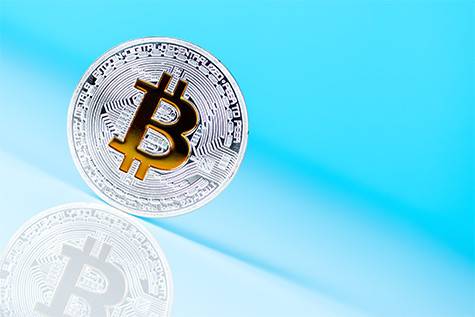The US dollar steadied against a basket of currencies on Wednesday, taking a break after three days of gains, while the pound weakened following data showing UK inflation for September was weaker than expected.
The Japanese yen appreciated slightly against the dollar after hitting a one-week low on Tuesday, as Reuters reported that new Prime Minister Sanai Takaiichi is preparing to unveil an economic stimulus package expected to surpass last year’s 13.9 trillion yen ($92.19 billion) plan aimed at helping households cope with inflation.
After sharp declines, gold stabilized at $4,119.80 an ounce following its biggest one-day decline in five years in the previous session.
Sterling Falls as Inflation Slows Below Expectations
Sterling was the weakest of the major currencies on Wednesday after data showed UK inflation unexpectedly held steady at 3.8%, contrary to forecasts by economists and the Bank of England.
Sterling fell 0.4% against the dollar to $1.3318 and 0.3% against the euro to 87.04 pence.
Francesco Pesole, currency strategist at ING, said: “When the Bank of England started sending hawkish signals recently, it was based on the idea that inflation would be higher than economists were forecasting – but that doesn’t appear to be the case now. »
He added that the latest data opens the door to a possible rate cut in December, but not in November as that would be “too early before the budget announcement”.
Market prices now indicate around a 75% chance that the Bank of England will cut rates before the end of the year.
Attention turns to the Japanese yen
The dollar slipped 0.1% to ¥151.85 in late trading.
The yen has lost about 2.5% this month amid Takaiichi’s campaign for prime minister – his biggest monthly decline against the dollar since July – as investors anticipate his expansionary fiscal policy and troubled relationship with the Bank of Japan could weigh on the currency.
ING’s Pesole noted: “Takaiichi’s first remarks as prime minister suggest she wants to calm markets and avoid worsening yen weakness for now.” »
Known for her support for loose fiscal and monetary policies, Takaiichi said Tuesday that monetary policy decisions remain the prerogative of the Bank of Japan.
Separately, new Finance Minister Satsuki Katayama said on Wednesday that coordination of economic and monetary policies between the government and the BOJ was essential to ensure effectiveness.
The Bank of Japan is expected to announce its next policy decision on October 30, with futures markets pricing in a 20% chance of a 25 basis point rate hike to 0.75%.
Dollar stable
The dollar index, which tracks the greenback against six of its major peers, was steady at 99.01 after three straight days of gains.
That came after President Donald Trump on Tuesday rejected a request from top Democratic lawmakers to meet before the end of the three-week U.S. government shutdown.
Hopes for a quick resolution to the shutdown are fading, according to prediction platform Polymarket, with current odds showing there is a 40% chance it will last until November 16 or later.
The political impasse is making it harder for the Federal Reserve to face its Oct. 29 meeting, even though markets still expect a 25 basis point rate cut next week, followed by another in December, according to a Reuters poll of economists who remain deeply divided over where rates will move through next year.
CME FedWatch data shows a 97.3% probability of a quarter-point cut, down slightly from 99.4% the day before.
The euro remained stable at $1.1597 after the planned summit between Trump and Russian President Vladimir Putin was postponed following Moscow’s refusal to agree to an immediate ceasefire in Ukraine.




